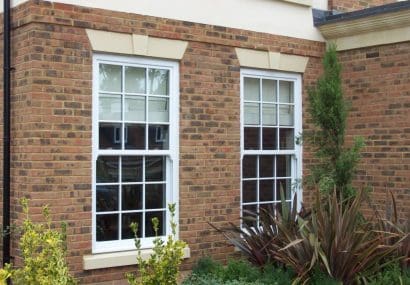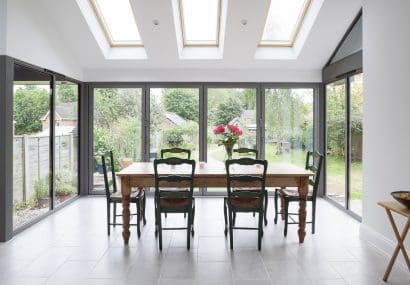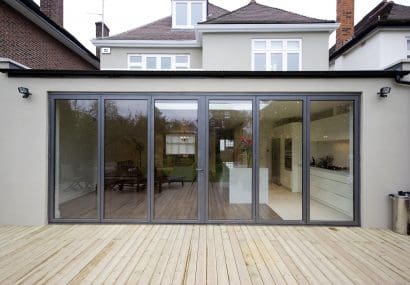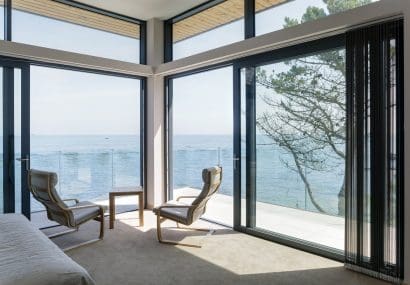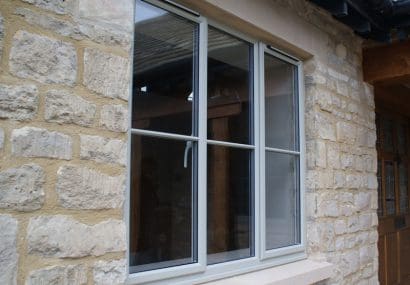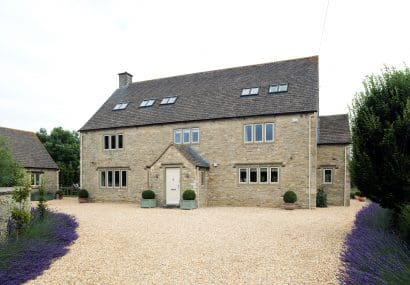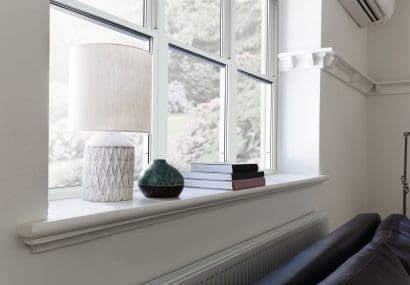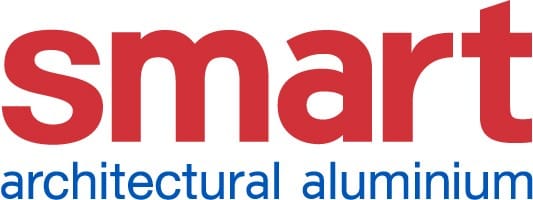From Homes to High-rises: How Modern Glazing Transforms Architectural Design
Posted: 13th October 2023

In order to appreciate how one period in our history is distinct from another, we need to look at what was popular at the time. To get a sense of what things were like, we might look at the clothes that were being worn, the music that was being listened to, or the stories that were being printed in the media. Another reliable indicator of an historical period is its architectural design trends. This has always been true, but since the industrial revolution and the dawn of mass-production, when building materials and processes became cheaper and increasingly standardised, this historical delineation has become ever clearer.
These days, a fairly accurate estimate of a building’s age can be worked out just by looking at the materials used and methods employed. Given its recent history of rapid and revolutionary improvement, contemporary architectural design might best be typified by its glazing. In today’s ecologically-minded world, advancements in the production of glass have come thick and fast. It’s stronger, more efficient and more versatile than ever before. Glazing can be used with full confidence of its green credentials and can be produced in sizes that would not have been possible in years gone by – without compromising its structural or thermal integrity. All of these aspects have fundamentally changed how architects are able to approach the designs of our buildings, from our homes to the high-streets. Let’s see it in action…
Smart Glass
Historically, a designer of a property would have a choice when it came to the outside structure: the surface would either be the wall or it would be glazing; it couldn’t really be both. Walls provide solidity, a drawback being that you can’t see through them; windows provide light, the downside being that, until recently, panes of glass could only be made to certain sizes – and, well, you could see through them: not so great for privacy. Smart glass – sometimes called light control glass or switchable glass – offers the best of both worlds. It can adjust the amount of light it lets through, meaning the same material can appear transparent or translucent – or somewhere in between – according to your needs. The technological innovations behind these designs go a long way to resolve the conflicting functional needs of a building’s external shell. Now, with smart glass fitted, a wall with maximum privacy can quickly become a window with maximum light. One extremely well-known use of this type of glazing is the BAFTA headquarters in London, 195 Piccadilly. Microsoft’s European HQ in Portugal is another example. In both, the attraction of a building that seems as open as it does private is obvious.
Solar Glass
Solar panel technology has come a long way in a very short space of time. While conventional setups are practical and sensible, there is a limit to the number you can have on your roof without planning permission – and even then there are restrictions. Solar Glass is a type of BIPV – Building Integrated Photovoltaic – material, which means that they are integrated into the building of the structure’s frame rather than needing to be fitted on to it. The benefits of producing energy from your home become clearer with each passing day, but the aesthetic appeal of keeping your roof clear and consistent with those of your neighbours is an equally important strength. Solar glass isn’t adjustable like smart glass, but can be produced to different levels of transparency. A couple of impressive examples of BIPV systems at work are the Copenhagen International School in Denmark and the Treurenberg building in Belgium.
Curtain Walls
Glass curtain walls are non-structural in that they are not load-bearing. Despite this – and being more expensive than other wall systems – they have become steadily more popular in recent years. These systems offer practically unbroken views and will make more of the natural light than any other type of wall, meaning a reduction in electricity usage, too. While performance-related benefits are important, they fail to pay tribute to one of the most significant attributes of curtain walls: they look great. An early use of glass curtain walling can be seen in the Crystal Palace in London, which burnt down in 1936. The Shard – again in London – would be a more contemporary example. Modelled on a shard of glass, it serves as the perfect case in point for the aesthetic qualities of the material as a wall substitute.
Glass Roofing
If flooding your indoor space with as much natural light as possible is a priority, what better way to do it than to have transparent roofing? Thanks to modern innovations in glazing solutions, just such a thing is possible and has been growing in popularity over the past decade or two. As well as the well-being and cost-cutting benefits extra natural light can bring, glass roofs also make your ceiling a dynamic feature of your home or building. The attraction of looking up at the stars from the comfort of your sofa hardly needs explaining.
Energy Efficiency
This last point would apply to all of the above. Modern glazing in all its forms is in a continuous state of refinement. Everything from the production of the materials to the manufacturing and fitting of the products is improving all the time, bridging the gap between aesthetic preference and function. Because of this, glazing can be incorporated into the design of a building – commercial or residential – in ways that would never have been possible before. Speaking to a prevalence of opinion about the aesthetic and design qualities of glass, it didn’t take long for these advancements to translate into an explosion in popularity.
Glazing: A Sign of the Time
Glazing has always been a signifier of a period of architectural design. Structures from our history such as the Louvre and the Empire State building are iconic monuments to design innovations of their respective times – and the use of glass is one of the stand-out things about both. So, 100 years from now, what might people point to as a hallmark of early 21st century design? A good bet would be the glazing.
Back to news
